
Subscribe & Follow
Jobs
- Receptionist Blackheath
- Wine Tourism Marketing Coordinator Paarl
- Senior Bookkeeper Somerset West
Ancient grains become modern food
In South Africa, this is clearly seen in new health-conscious brands that are popping up in retail stores. Popular health food brands such as Woolworths, Future Life and Nature’s Choice all feature ancient grains in their products and can be bought at major retailers, most health shops and even online.
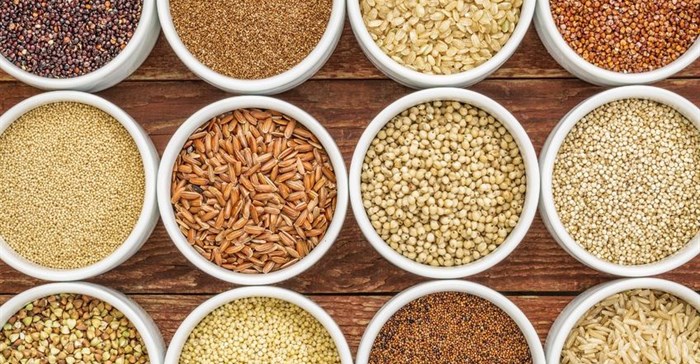
What are ancient grains?
Ancient grains are a grouping of grains and pseudocereals that are not true grains because they are not grasses (true cereals are grasses) but are used in the same way as cereals. Ancient grains are considered to have been changed little by selective breeding. Major grains on the other hand, such as maize, rice and modern varieties of wheat, are the product of thousands of years of selective breeding.
Spelt, Khorasan wheat, millet, barley, teff, freekeh, bulgur, sorghum, einkorn and emmer are ancient grains. The pseudocereals quinoa, amaranth, buckwheat and chia are also included in this grouping. Modern wheat is a hybrid descendant of three wheat varieties considered to be ancient grains: spelt, einkorn and emmer.
Why ancient grains?
Ancient grains are marketed as being healthier than modern grains while claiming that they are rich in protein, omega-3 fatty acids and antioxidants. Nutritionists do not, however, agree on whether these grains are inherently more healthy than modern grains. Some argue that ancient and modern grains have similar health benefits when eaten as whole grains – ancient grains are just more often less processed than modern wheat products.
Ancient grains originally gained popularity among those suffering from celiac disease and other gluten sensitivities. Innovation has made gluten-free foods more appetising, helping to boost the sector’s profile. Ancient grains can be turned into convenience products, such as bread, crackers and pasta, or enjoyed whole instead of rice or other grains.
The demand has now grown beyond medical needs and those looking for a healthier lifestyle include these food items in their diets, often replacing wheat products completely. Yet not all ancient grains are gluten-free. Amaranth, quinoa, buckwheat, millet and teff are gluten-free, but the ancient wheats including spelt, einkorn and Khorasan wheat, do contain gluten.
Types of ancient grains
Spelt (Triticum spelta): A species of wheat cultivated since 5000BC. In Italy, the crop is known as farro, in Germany as dinkle and in Ancient Rome it was called farrum. Germany and Switzerland still grow spelt as a major cereal crop. Spelt was an important staple in parts of Europe from the Bronze Age to medieval times and now has found a new market as a health food in modern times, gaining widespread popularity as a wheat substitute for bread, pasta and cereals.
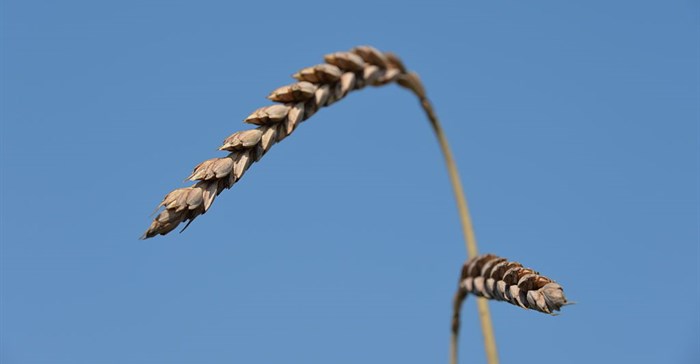
Khorasan wheat (Triticum turanicum): It is an ancient grain type commercially known as Kamut or Oriental wheat. Khorasan refers to a historical region in modern-day Iran in the northeast and parts of Central Asia that includes modern-day Afghanistan. This grain is twice the size of wheat and is known for its rich, nutty flavour.

Quinoa (Chenopodium quinoa): Pronounced keen-wa, this popular ancient grain is a flowering plant in the amaranth family and is a pseudocereal. It is primarily grown in South America for its edible seeds. After harvest, the seeds are processed to remove the outer coating. It is cooked the same way as rice and can be used in a wide range of dishes.
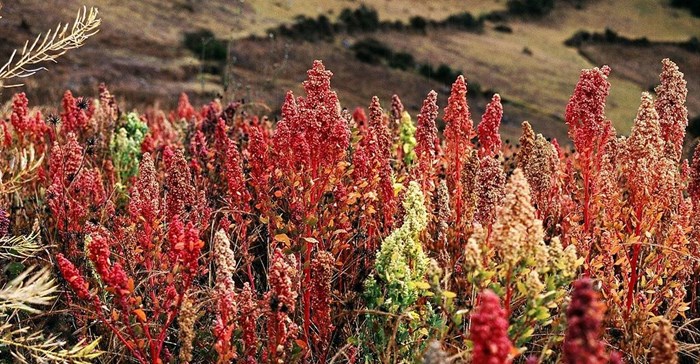
Emmer wheat (Triticum dicoccum): A wheat grain that was one of the first domesticated crops in the Fertile Crescent thousands of years ago and was used in Egyptian bread making. Emmer is high in fibre (5g per serving) and protein (6g per serving) and provides 20% of one’s daily requirement of magnesium and zinc. In Italy, it is commonly used in soup, pasta, risotto, salad dishes, bread and baked goods.
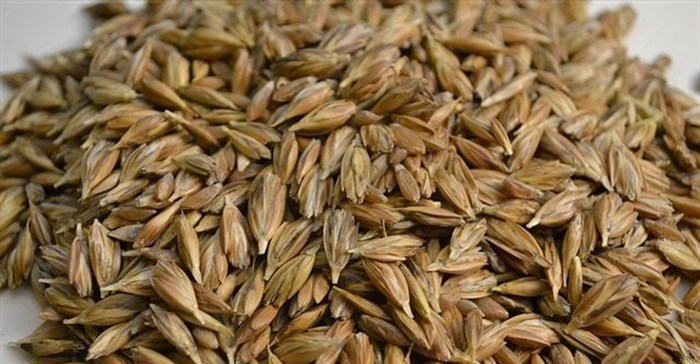
Buckwheat (Fagopyrum esculentum): A plant cultivated for its grain-like seeds and as a cover crop. Despite the name, buckwheat is not related to wheat, as it is not a grass. Instead, buckwheat is related to sorrel, knotweed and rhubarb. It is also a pseudocereal since its seeds are eaten for its complex carbohydrates. The cultivation of buckwheat declined sharply in the 20th century with the adoption of nitrogen fertiliser that increased the productivity of other staples.
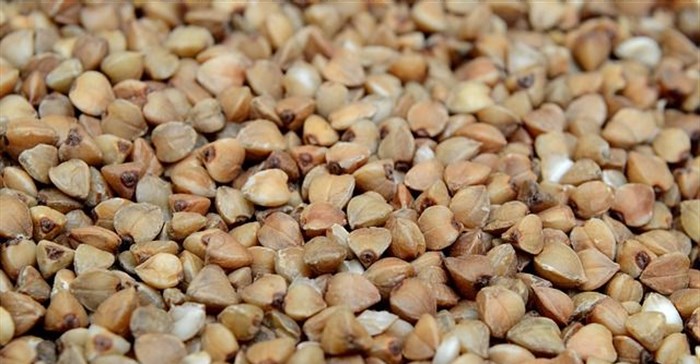
A growing trend
According to a recent online article by the Financial Times, in the United States (US) and Europe, large agricultural companies are already responding to the growing trend of ancient grains making a comeback. For example, according to the article, Cargill is looking at investing more in specialty products, such as organic, gluten-free and non-GMO foods, since revenues for these have increased sharply.
In the article, Jennifer Bond, an analyst at the US Department of Agriculture, says that lower per capita wheat consumption in the US has been attributed to rising consumption of gluten-free or multi-grain products and diet trends. According to the department, this is not the first trend to constrain US wheat consumption. A similar decline was observed in the early 2000s with the popularity of the Atkins carbohydrate-free diet. US per capita wheat consumption declined to 51kg in 2015, after peaking in 1997 at 67kg.
The first citing of ancient grains as a health food in the media is attributed to a New York Daily News article published in 1996. Since then the popularity of ancient grains as a food has increased, with the gluten-free food market value growing from $1.6bn in 2011 to $3.5bn in 2016. The segment is expected to grow to $4.7bn in 2020, according to the consumer data group Euromonitor.
A local perspective
Nadia van der Colff, consumer specialist in the food and beverage sector, says that it is striking to see how many new products are developed that include ancient grains, such as quinoa, barley and bulgur wheat. She emphasises the fact that this new product development especially focusses on ‘ready or convenience meals’ and that it is aimed predominantly at South Africa’s high-end consumers, implying ancient grains is a niche category.
“Despite these observable trends in stores and marketing, it has not impacted the production of wheat in South Africa as in other countries. In contrast, wheat consumption has shown a slight increase rather than a decline in recent years. This is mainly because lower income groups have moved to the middle class and swapped the traditional maize for bread and other wheat products,” says Luan van der Walt, agricultural economist at Grain SA.
“Although local wheat production has declined, it is not due to this trend. It is rather caused by the profitability of wheat production in South Africa that was under pressure over the last few years, and more recently the severe drought in the Western Cape. Local sorghum production has declined, indicating that this African grain has not yet been impacted by the ancient grains trend.”
Source: AgriOrbit

AgriOrbit is a product of Centurion-based agricultural magazine publisher Plaas Media. Plaas Media is an independent agricultural media house. It is the only South African agricultural media house to offer a true 360-degree media offering to role-players in agriculture. Its entire portfolio is based on sound content of a scientific and semi-scientific nature.
Go to: http://agriorbit.com/About Ursula Human
Ursula Human, FarmbizRelated
#BizTrends2025: Exploring key trends in the apple and pear industry 28 Jan 2025 #BizTrends2025: Studio H’s Hannerie Visser - The ‘un-trending’ of trends and the subtle shift 24 Jan 2025 #BizTrends2025: Adapting agriculture - key trends and strategies for a sustainable future 21 Jan 2025 Back to the future: Reviving sorghum in South Africa 4 Dec 2024 A new era for the South African agricultural sector in 2025 27 Nov 2024 Cape Town CBD chefs’ food trends for 2024 1 Feb 2024 #BizTrends2024: Beyond the plate - the next wave of culinary evolution 15 Jan 2024 Something's brewing in KFC kitchens 10 Jan 2024






